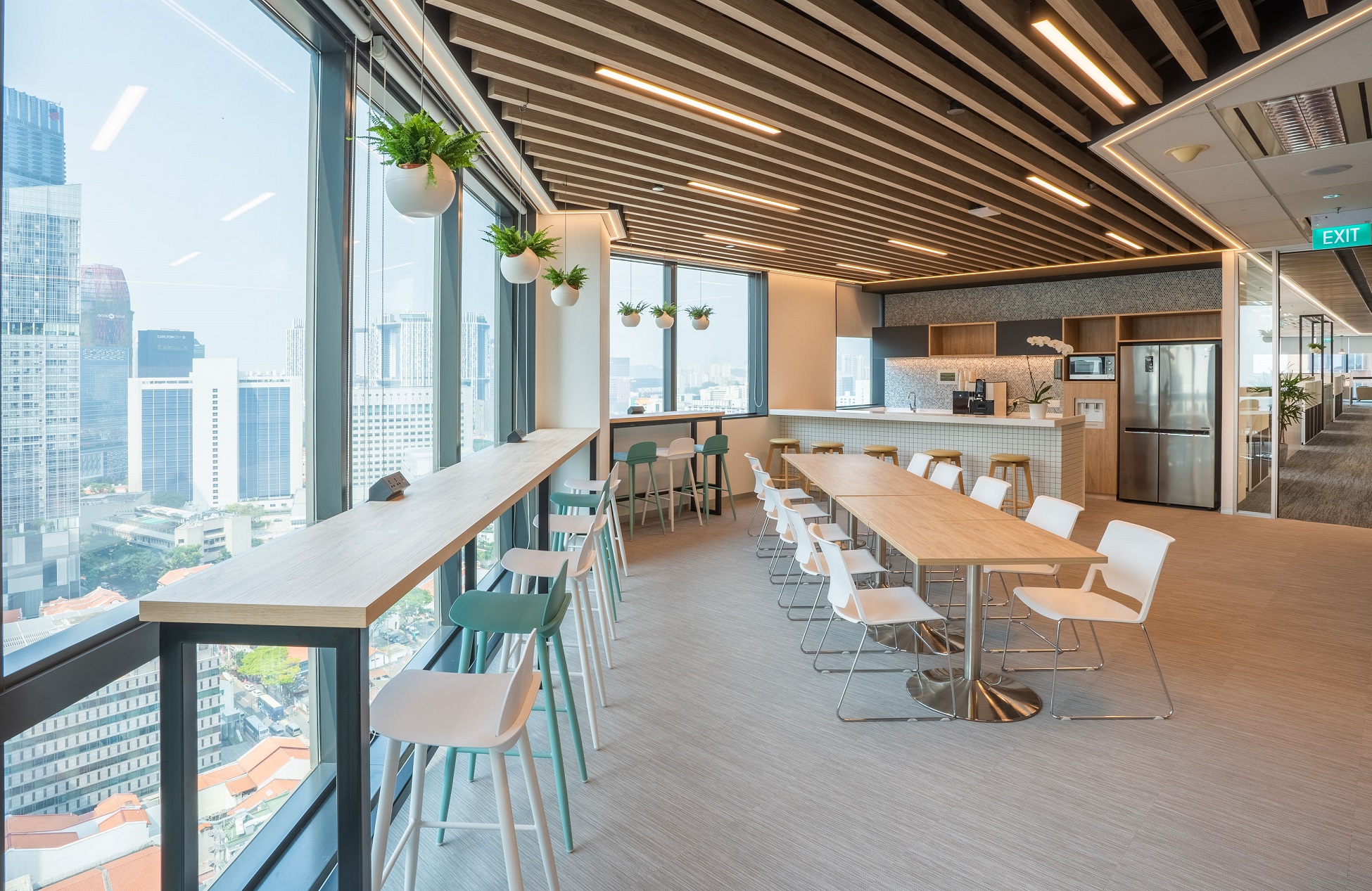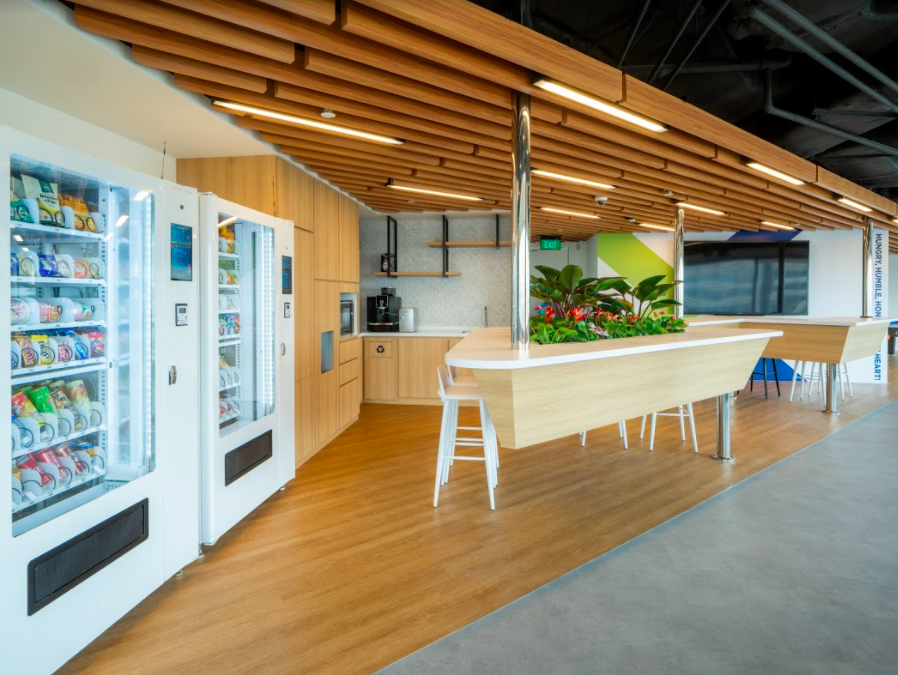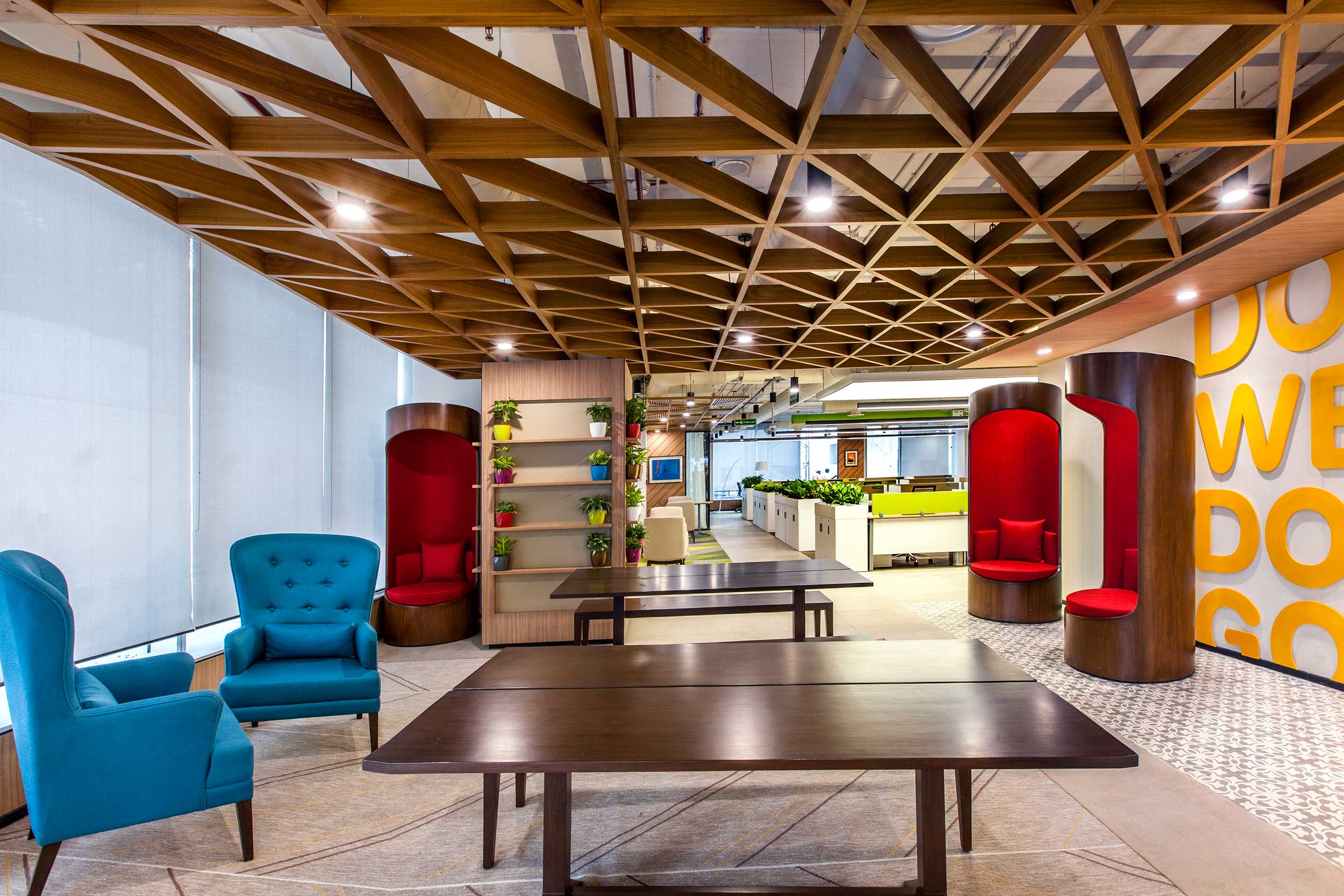
The battle against greenwashing in a post-lockdown world: Why authentic sustainability should encompass your entire workplace strategy
Look around your supermarket and you will probably come across many products with the words ‘All Natural’ or ‘Organic’ written in big, bold letters. However, a closer look would reveal that not all of them are as green as they claim to be. A brand that claims to be sustainable may only be focussing on its products while continuing to use plastic in its packaging and negating any sustainable advantages of the product. This is a classic example of greenwashing, a practice by which a brand markets itself as sustainable and environment-friendly without actually walking the talk or making any real long-term changes.
Sooner or later, consumers wise up to companies that engage in greenwashing and stop engaging with these brands.1 This pressure doesn’t just come from consumers — younger employees are also more likely to want to work for companies whose values align closely to their own. Moreover, in a post-lockdown world, they are bound to prefer employers who care about their emotional and psychological wellbeing rather than just focussing on efficiency and workplace productivity.
The brands that emerge victorious today, thus, are the ones that embrace sustainability in a more genuine way and incorporate green practices at every step of the business. This includes the way their offices are run. Sustainable workspace design is an asset in more ways than one. It helps the company adopt a greener approach in its day-to-day functioning, which often ends up being more economical too. Moreover, it helps the company look after its employees’ wellbeing in a nourishing, wholesome way. Here are a few ways in which an organisation can incorporate authentic sustainability into its overall workplace strategy.
Resource efficiency
One important cue that both consumers and potential employees may look for is how resource-efficient a company’s offices actually are. The layout alone can be very informative. Think glass walls to let in natural sunlight — and workstations placed all along the periphery to reduce dependence on electricity. Think rooftop cafes, open-air pantries and balcony seating. Exposure to sunlight and natural elements are not only more healthful in today’s pandemic-informed world, but it has also been shown to have definite psychological benefits — it reduces blood pressure, anxiety and the effects of stress. So resource-efficient design also assures potential employees that the organisation puts a strong focus on looking after their health and mental wellbeing.
There are other ways a company can reassert their commitment to authentic sustainability through design. Using automatic light fittings, HVAC units that adjust the temperature based on occupancy, and low-flow taps in washrooms, shower rooms and pantries are great options. Such smart technology reduces room for human error and automates conservation practices. Once again, this has a direct impact on wellness and workplace engagement. Sensors that adjust indoor illuminance based on available sunlight prevent unnecessary glare-induced headaches and eye strain. Intuitive temperature controls make the indoor environment comfortable for all.

Choosing recycled and upcycled materials for office interiors is another way for organisations to be more resource-efficient. The Forrester workplace in Singapore is a great example of how this can be done effectively and aesthetically. The carpets, acoustic panels and Formica laminates used in their office are all made out of recycled materials. Low-VOC paint has been used on the walls to cut down on toxic emissions.
Waste management
An organisation that generates a massive amount of waste in their offices cannot make claims to authentic sustainability. Reduction and responsible management of waste are key here. This responsibility starts right at the construction stage. When we helped the enterprise cloud company Nutanix build its offices in Singapore, we were very particular about the materials we sourced for construction. 75% of the waste generated at this stage was recycled instead of being sent to the landfill.

Of course, waste needs to be managed well in the post-occupancy, day-to-day stage too. Recycling initiatives and segregation at source need to be a part of the company policy. Design solutions can take the form of differentiated bins placed at regular intervals, making it easy for everyone to be a part of the company’s green values. Likewise, introducing reusable cutlery in the pantry can cut down on waste generated in the form of disposable cups, spoons and straws. Today, employees may feel more comfortable in a situation where they do not have to share serveware, however, and a sustainability-minded company can address that by encouraging employees to bring their own serveware or stocking on biodegradable tableware that can be responsibly disposed.
The volume of e-waste is another legitimate concern today. 50 million tonnes of e-waste is generated each year, which, for context, adds up to 4,500 Eiffel Towers.2 Companies that are committed to sustainable processes need to take adequate steps to tackle this — be it by investing in longer-term tech solutions or by mindful treatment of outgoing e-waste.
Company culture
One thing that sets authentically sustainable organisations apart from greenwashers is how effectively they weave their values into their overall company culture. Firms that are actually serious about leaving a positive ecological handprint put in an effort to involve and educate employees about making more sustainable choices — in the office and at home.

For instance, Piramal Group in Mumbai encourages employees to practise sustainability in their daily commute. The office is well-connected via local train and metro routes, and the campus is equipped with bike racks and shower rooms. Making these facilities available is a great way to prompt people to be more eco-friendly — and it is much more effective than simply sending out memos and emails.
Here again, sustainability and employee wellness may go hand-in-hand. Biking to work is a healthier, more pleasurable option than being stuck in traffic for hours. Not only that, but city planners across the world are also seriously exploring bicycling as a more mainstream form of commute in the post-lockdown era, since it offers a safe alternative to public transport.3 Setting up bicycle parking spaces and well-maintained shower rooms can encourage employees to adopt this safe and sustainable mode of commute.
On similar lines, providing infused water, fresh fruits and snacks mean employees are less likely to grab a plastic water bottle or packaged food items. A greener corporate culture may also involve reducing the usage of electric powered air purifiers and opting for lots of indoor plants that will do the same job. Such biophilic solutions make the office a more welcoming, pleasant space.
Looking to upgrade to a more sustainable, wellbeing-focused office design? Let’s discuss.
1One global survey revealed that 47% of people had stopped buying from brands that do not live by the ideals that are important to them. https://www.emarketer.com/content/sustainability-is-factoring-into-2019-holiday-purchases
